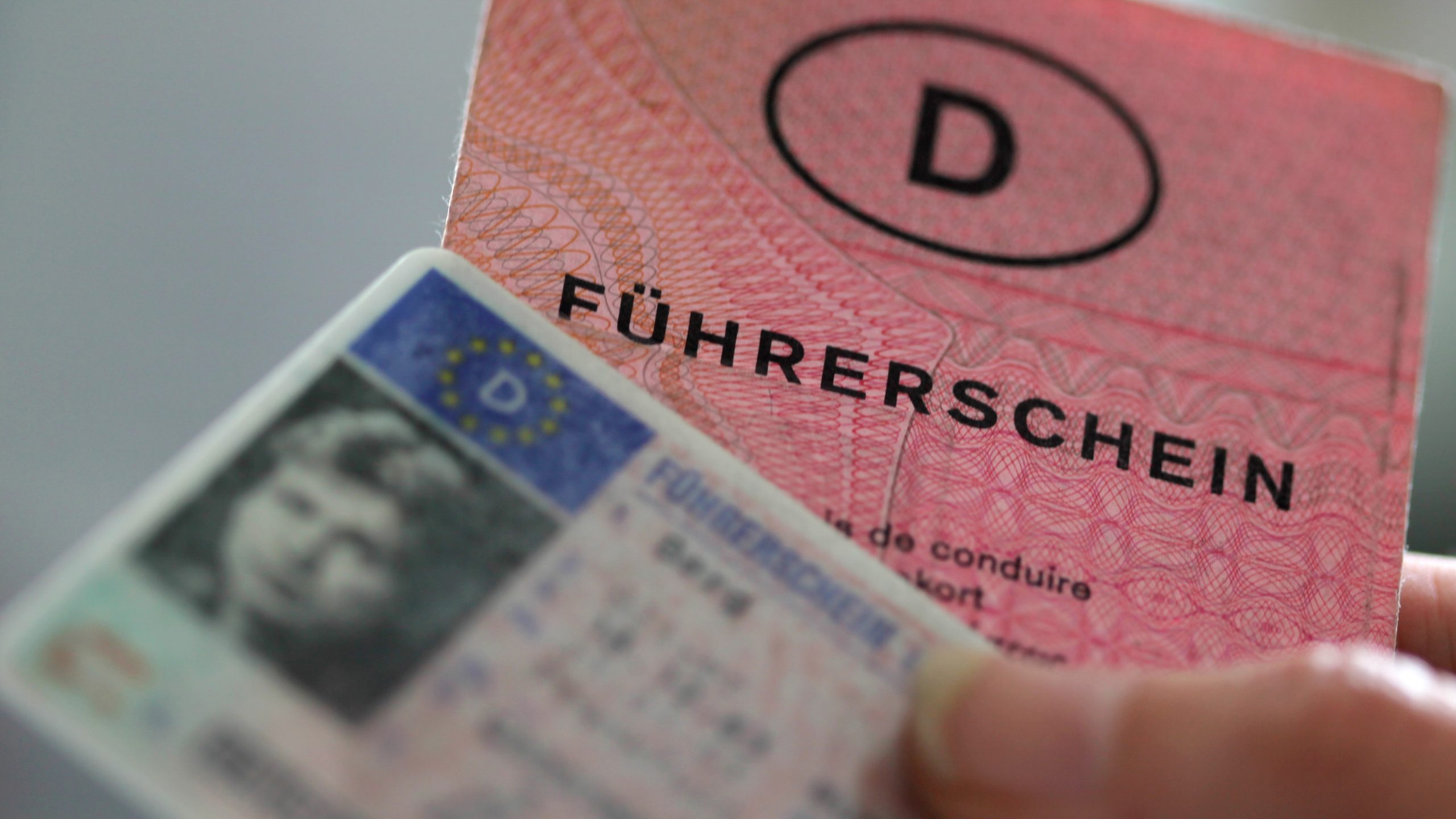Understanding Road Traffic Regulations: A Comprehensive Guide
Road traffic guidelines are vital for guaranteeing the security of drivers, pedestrians, and other road users. These laws govern the operation of cars, the behavior of motorists and pedestrians, and assist in smooth traffic circulation. This post explores the numerous aspects of roadway traffic regulations, their value, and some typical rules and regulations that every road user ought to be familiar with.
The Importance of Road Traffic Regulations
Road traffic guidelines serve a number of crucial purposes:
- Safety: They are primarily designed to secure the lives of individuals on the road, reducing mishaps and injuries.
- Orderly Traffic Flow: By developing clear rules, these policies help in handling the circulation of lorries and decreasing congestion.
- Security of Pedestrian Rights: They make sure that pedestrian crossings and rights-of-way are respected, promoting more secure travel on foot.
- Environmental Considerations: Certain regulations intend to decrease environmental effect, motivating environment-friendly driving practices.
- Legal Framework: They offer legal responsibility for chauffeurs and pedestrians, defining charges for infractions.
Key Elements of Road Traffic Regulations
Comprehending roadway traffic policies is crucial for compliance and security. Below are a few of the essential elements:
| Element | Description |
|---|---|
| Traffic Signs | Various signs that offer information and guidelines to chauffeurs. |
| Traffic Signals | Lights that control the circulation of traffic at crossways. |
| Speed Limits | Optimum and minimum speed limitations set for different roadway types. |
| Right-of-way Rules | Standards on which road users need to go first at crossways. |
| Seat Belt Regulations | Laws mandating the using of seat belts for chauffeur and guests. |
| Driving Under the Influence | Rigorous penalties for running a vehicle while impaired by alcohol or drugs. |
| Car Registration and Licensing | Requirements for cars to be registered and drivers to have valid licenses. |
Typical Traffic Regulations
Although traffic regulations can differ from one nation to another, some typical guidelines are typically observed worldwide:
1. Speed Limits
Most jurisdictions impose speed limitations based upon roadway type and area, such as:
- Residential locations: 25-35 miles per hour
- Urban areas: 30-50 miles per hour
- Highways and freeways: 55-70 mph
2. Drinking and Driving
Driving under the influence of alcohol or drugs is unlawful in the majority of places. Typical blood alcohol concentration (BAC) limitations are:
- 0.08% for basic drivers
- 0.00% for newbie or commercial chauffeurs
3. Safety Belt Usage
Seat belts should be used by all occupants in a vehicle. Failure to comply can cause fines.
4. Pedestrian Crossings
Drivers need to yield to pedestrians at significant crosswalks and stick to signals directing pedestrian movement.
5. Cellphone Use
Using portable gadgets while driving is prohibited in many locations to minimize interruptions.
FAQ Section
Q1: What should I do if I witness a traffic violation?
If you observe a traffic infraction, you should gather as much info as possible (car description, license plate number, location, and time) and report it to local law enforcement.
Q2: How can I remain updated on changes in traffic regulations?
Traffic laws can change occasionally. Updates are normally published by local federal government sites. Registrierten Führerschein Online Kaufen is a good idea to follow regional news or traffic police' statements for any modifications.
Q3: Are there particular traffic guidelines for commercial chauffeurs?
Yes, industrial chauffeurs frequently face stricter guidelines, such as driving hour constraints, car examinations, and unique licensing requirements.
Q4: What happens if I break traffic regulations?
Penalties for breaking traffic laws can consist of fines, points on your license, and in severe cases, imprisonment. Repeated Click On this page may result in the suspension of driving opportunities.
Q5: How do traffic guidelines impact public transportation?
Traffic policies are crucial for mass transit systems to function effectively. They help in establishing bus lanes, managing taxi services, and ensuring that public transport vehicles follow security requirements.
Road traffic guidelines play a pivotal function in keeping the safety and order of roads worldwide. Comprehending these laws is not simply a legal obligation however an ethical one that promotes the well-being of all roadway users. Constantly updating oneself about traffic policies and adhering to them can significantly decrease the dangers associated with road travel. As communities progress and innovations enhance, these regulations may also adjust, requiring constant learning for chauffeurs, bicyclists, and pedestrians alike.
By keeping informed and staying compliant with road traffic guidelines, individuals contribute positively to the shared obligation of roadway safety, ultimately lowering accidents and saving lives.

